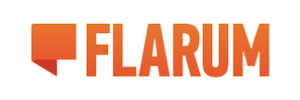Nitro Porter — free your community!
Nitro Porter is the only multi-platform community migration tool.
Target software supported
Nitro Porter can currently migrate your community to these platforms:



Source software supported
Nitro Porter can migrate your community away from these platforms:


















- ...and MORE!
What data gets migrated?
All sources & targets support migrating:
- users & roles
- discussions (or threads)
- posts (or comments)
- categories (or subforums, channels, etc.)
Beyond that, each supports different types of data depending on feature availability, extension choice, and maturity of the source/target package. These include things like badges, reactions, bookmarks, and polls.
Both the source and target must support a data type for it to transfer!
Nitro Porter never transfers permissions. It's not safe to do so automatically due to variations in how platforms implement them. You will always need to reassign permissions after a migration.